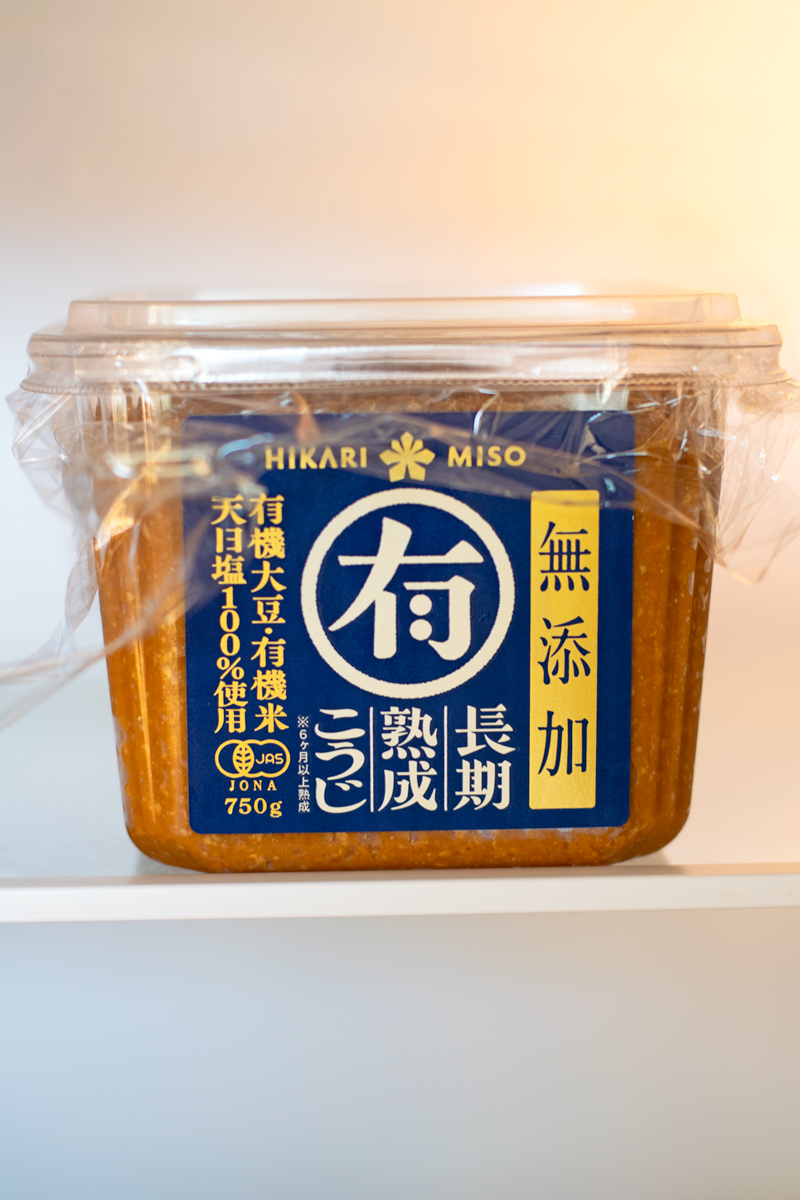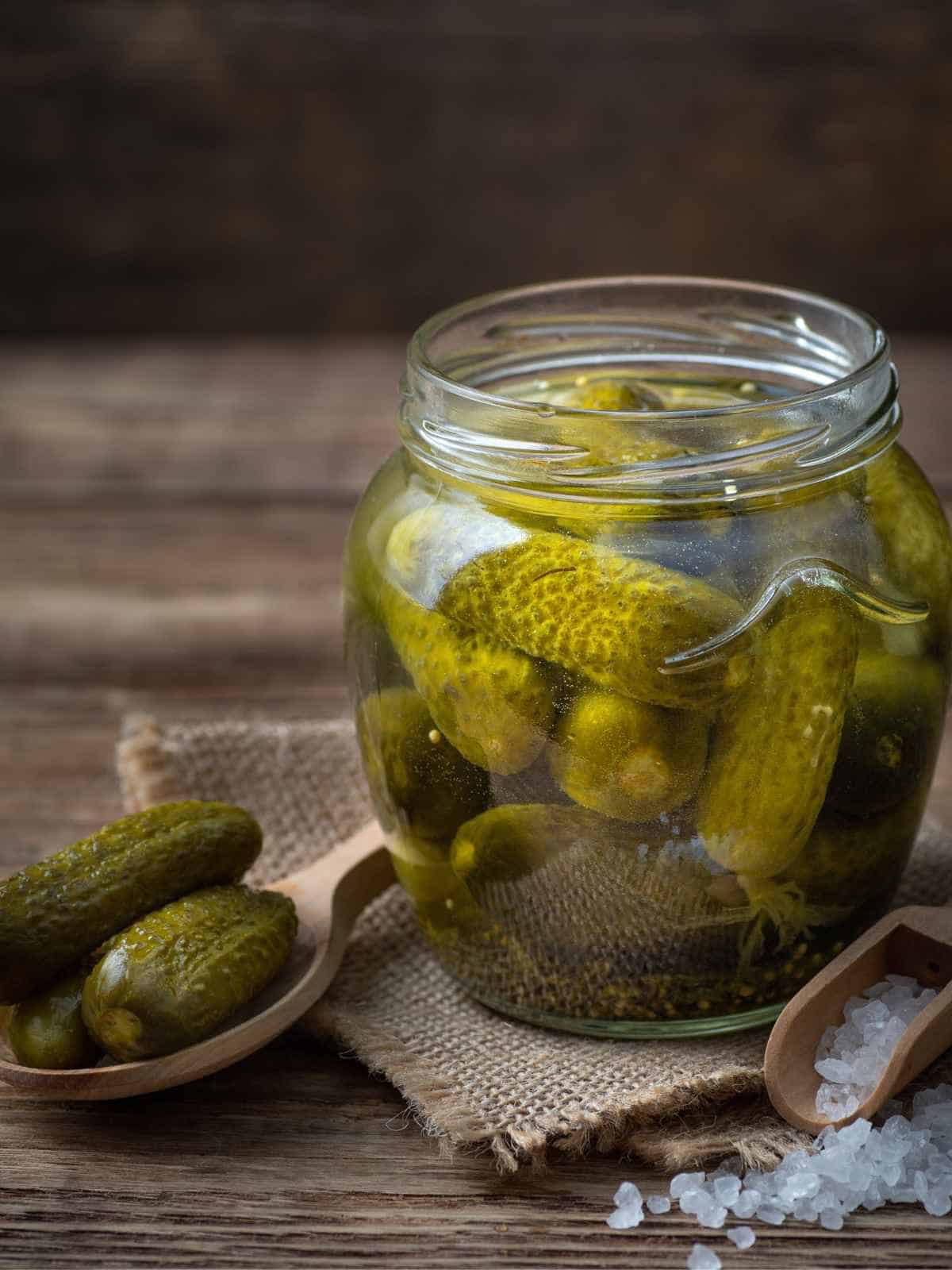How Long Does Miso Paste Last? Storage Tips
– Miso paste has a high salt content and does not rapidly spoil like dairy and meat products.
– The expiration date indicates when the miso is past its best quality, but it can still be safe to eat for a while longer.
– Signs of spoiled miso include different colors and mold growth on the surface.
– Temperature changes can cause the color of miso to darken and the flavor to change.
– The best way to tell if miso has gone bad is to smell it – good miso has a pleasantly salty and slightly sweet aroma, while bad miso has a strong smell and sour taste.
– Storing miso in a cool dark place or the fridge is ideal for maintaining its quality.
– Contamination is a common cause of bad miso, so use clean utensils.
– Miso can be frozen beyond its use-by date without losing its texture and taste.
– The packaging of miso is important for its shelf life
– Temperature and humidity are key factors in determining the shelf life of miso.
– Unopened miso paste can be stored in a pantry if it is cool, dry, and away from direct sunlight.
– The refrigerator is the best option for storing unopened miso.
– Freezing can also prolong the shelf life of unopened miso.
– When storing opened miso paste in the refrigerator, transfer it to an airtight container.
– Label the container with the date of opening.
– Store opened miso paste in the refrigerator’s main compartment away from strongly smelling foods.
– Miso paste should be used within a few months for optimal taste.
– To store homemade miso, transfer it into airtight containers after the fermentation process.
– Glass jars or ceramic containers with tight-fitting lids are recommended for homemade miso storage.
– Avoid using plastic containers as they can affect the taste.
– Press down the miso paste to remove air pockets before sealing the containers.
– Refrigerator or freezer storage can be used to store homemade miso.
– Mold growth on miso is a sign that it has gone bad and should be discarded.
– The article discusses how to revive dried-out miso paste by adding small amounts of warm water or dashi/broth until desired consistency is achieved.
– Glass jars are recommended for storing miso paste after it has expired.
– Ceramic containers are also recommended for storing expired miso paste.
– Plastic containers can be used in a pinch for storing miso paste.
– Refrigerator storage is recommended for using miso paste after its expiration date.
– Clean utensils should be used to prevent contamination.
– Miso paste can be stored in the freezer to extend its shelf life.
– Using miso paste after its expiration date can still offer health benefits.
– In hot and humid climates, it is important to store miso in a cool and dry place, away from direct sunlight to prevent spoilage.
– In cold and dry climates, storing miso paste after its expiration date is crucial to prevent spoilage.
– In tropical climates, the heat and humidity can accelerate fermentation, so miso should be stored in a cool and dry place away from sunlight, preferably in the refrigerator.
– If there are signs of mold growth or an off odor, the miso should be discarded.
– While miso paste can still be used after its expiration date if there are no signs of spoilage, the flavor may be slightly muted.
– It’s important to trust one’s senses and taste buds when deciding to use expired miso.



